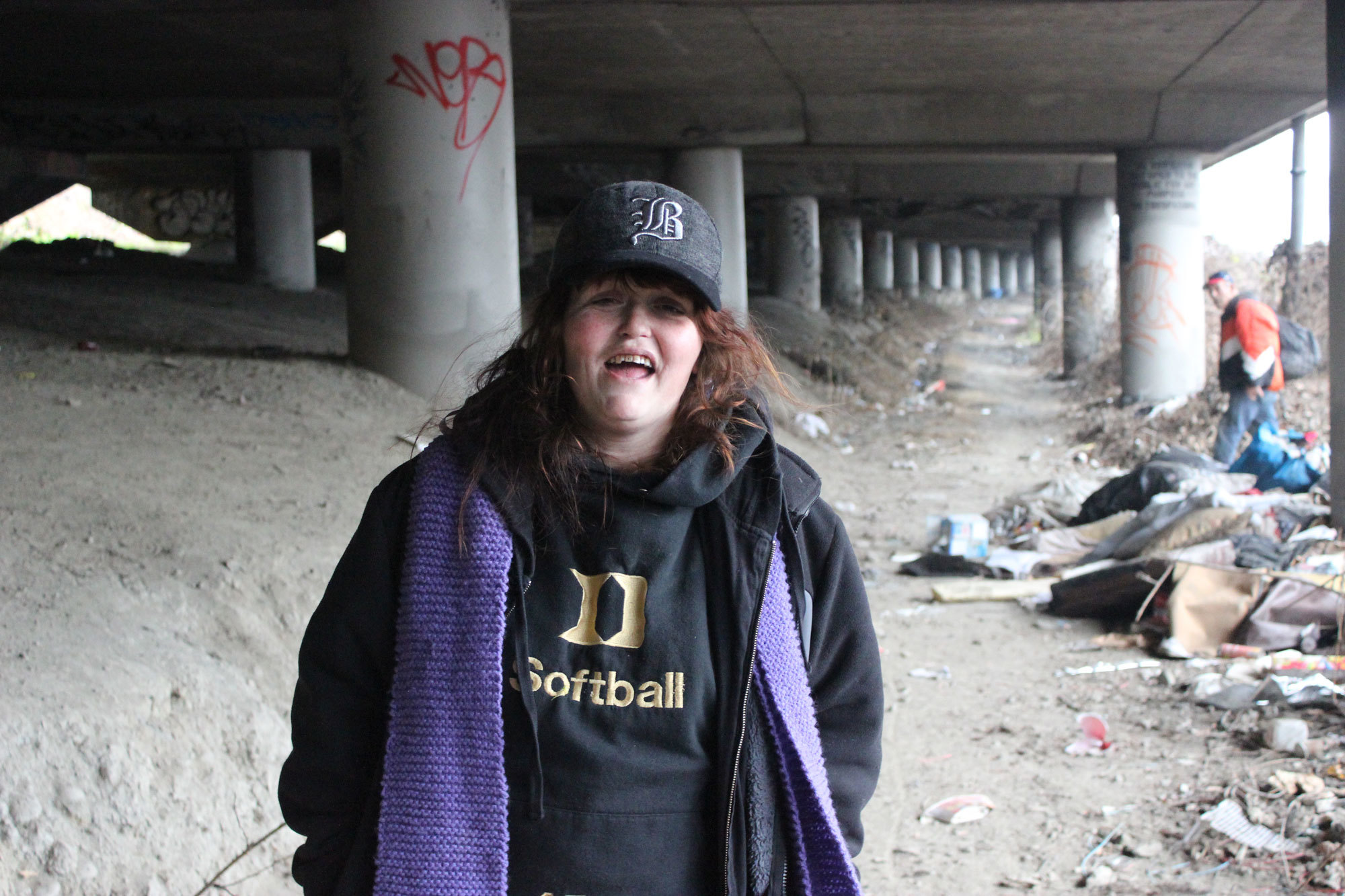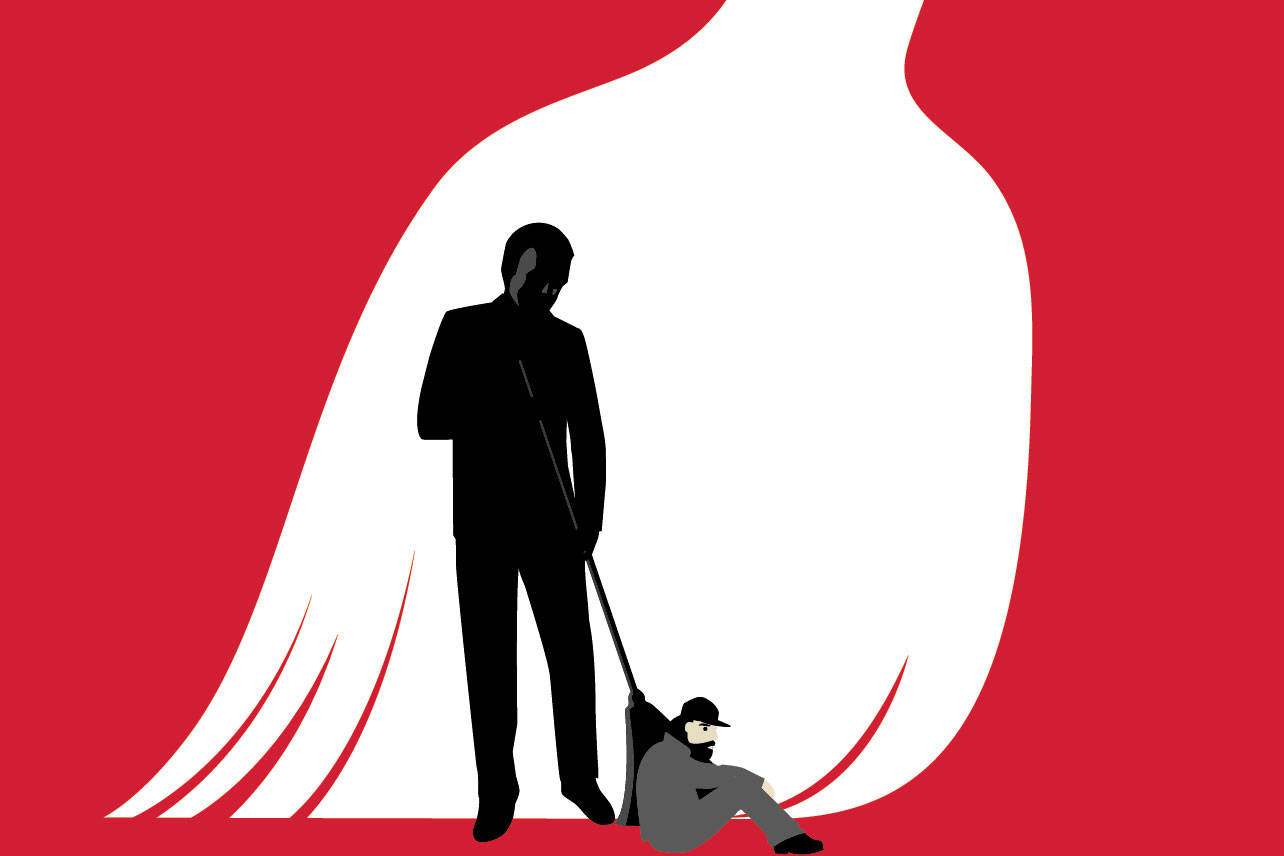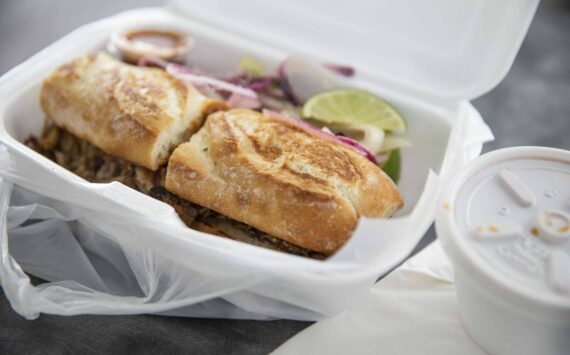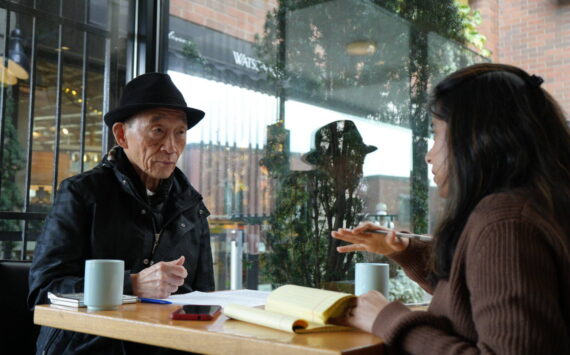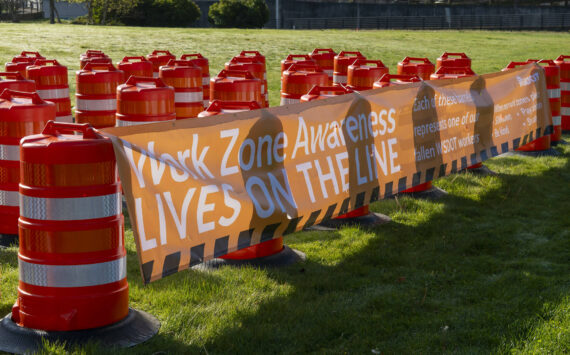On Monday, the Union Gospel Mission began outreach to the Jungle, a stretch of unpermitted homeless encampments along I-5. The religious agency is working with Mayor Ed Murray’s office, which plans to clear out the Jungle within weeks. “We hope to transition those currently living in tents under the freeway into stable shelter, while supporting public safety in the area,” Murray said in a press release.
The Jungle is a decades-old no man’s land of tents and improvised structures hidden beneath the highway and behind the bushes and trees of the East Duwamish Greenbelt. As a recent city assessment noted, the area contains human poop, campfires, used needles, and a great deal of trash. It is also refuge to hundreds of Seattleites, five of whom were shot in January in an apparent dispute over drug money. At the scene of that shooting, Murray told reporters that Seattle must “finally take control” of the Jungle. “We have to go into these encampments…[to] offer people services, clean the place up, and try and get people out,” he said.
This isn’t the first time an executive in shining armor has tried to raze the Jungle. As Casey Jaywork previously reported, Seattle already cleared the Jungle in 1994, 1998, and 2003. As in those previous years, homeless advocates are raising hell: a dozen protesters confronted leaders at city hall on Monday, demanding the Jungle remain available to campers. Other critics point out that while Union Gospel Mission technically has enough space to absorb the Jungle population temporarily, there is no sustainable plan for where or how to house hundreds of high-needs homeless folks in the long term. Seattle’s shelter network is filled to the brink, and there’s a multi-year waitlist for public housing.
But really, the question of shelter capacity is academic. If history is any guide, most Jungle residents will decline offers of shelter and instead migrate into even more reclusive encampments or onto the streets of surrounding neighborhoods. Eventually many will return to the Jungle, as they have in the past. Is their decision to return reckless and “service resistant”? No, councilmember Mike O’Brien told Jaywork earlier this week. “A mat on a gym floor with 50 other people where you have no privacy and there are other people that are suffering from mental health [problems] that are going to be screaming in the middle of the night, and your belongings may be stolen—that is not an upgrade for [campers],” he says. “If they say, ‘No thanks, I’m better off where I am, I’m better off in the woods, and if you don’t let me be in these woods I’ll go find some other woods in town to hide in’—that’s a rational decision that they’re making.”
Sweeps feel good, and make for great TV. They’re a fast, cathartic response to an ugly, urgent problem. But they also, almost by definition, ignore the underlying reasons people have chosen to live in our urban woods. As such, they are bound to fail.
There are other options out there. Real Change founder Tim Harris proposes city leaders use the Jungle as a way to bring services to an already-concentrated homeless population. This is just one example of a Jungle strategy that doesn’t evict hundreds of Seattleites from what meager homes they’ve scraped together and then assume the resulting refugees will evaporate into thin air. This criticism isn’t so much ethical as pragmatic: if we aren’t honest in our conversations about why people are in the Jungle to begin with, then we are doomed to repeat a history of spending lots of money and having little to show for it in a few years.
The mayor is right that Seattle cannot afford to ignore the Jungle’s public health and safety hazards. Yet mass eviction is not a solution. It will merely push campers elsewhere, for a while. Despite the humane gloss of UGM’s outreach provides, the mayor’s proposed sweep is just another round of whack-a-mole with the homeless.
